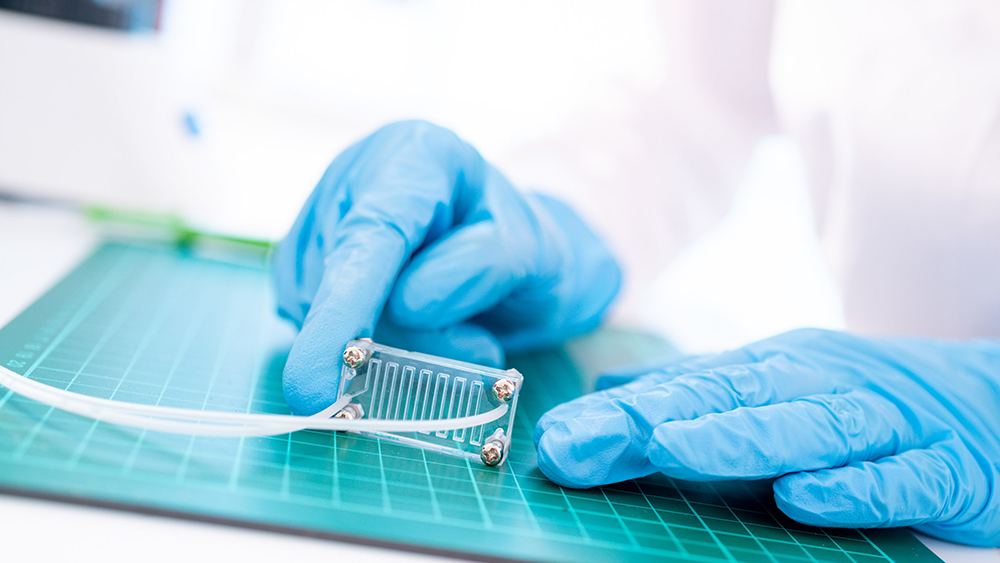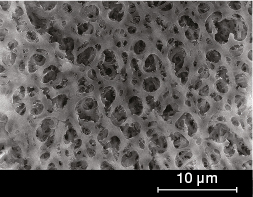Center
Focus Area
Universities
Year Est.
-
Advanced Manufacturing
- Advanced Manufacturing (Primary Area)
2014
-
Advanced Manufacturing
- Advanced Manufacturing (Primary Area)
2021
-
Advanced Manufacturing
- Advanced Manufacturing (Primary Area)
- Advanced Materials
- Health and Safety
2022
-
Advanced Manufacturing
- Advanced Manufacturing (Primary Area)
2008
-
Advanced Manufacturing
- Advanced Manufacturing (Primary Area)
2002
-
Advanced Manufacturing
- Advanced Manufacturing (Primary Area)
2010
-
Advanced Manufacturing
- Advanced Manufacturing (Primary Area)
2010
-
Advanced Manufacturing
- Advanced Manufacturing (Primary Area)
- Advanced Materials
2021
New Technology for Isolating Single Cells Opens the Door for Fast and Precise Experiments and Treatments
Credit: luchschenF/Shutterstock. Singling out a diseased or mutated cell and identifying which treatment option is most effective can be cumbersome, expensive, and time-consuming.
Learn MoreCatalyzing Commercialization: Microfluidics-Based Bioanalytical Solutions Change the Game
Microfluidic devices operate at physical length scales similar to biological constituents (e.g., cells and molecules) and can manipulate solutions of these constituents within microscale channels and chambers. A microfluidic device, also called a lab-on-a-chip (LOC), takes advantage of physics at these small dimensions to detect low sample concentrations — in the nanomolar to picomolar range — with high sensitivity. LOC devices can carry out assays at extremely small volumes, with just a microliter or picoliter of fluid.
Learn MoreCatalyzing Commercialization: Membrane-Based Technologies Treat Produced Water from Oil and Gas Operations
During oil and gas production, about 7–10 barrels of polluted water are recovered for each barrel of oil produced. The amount of produced water depends on the geology of the formation and the type of reservoir. With a global oil production rate of 100 million bbl/day, the volumetric production rate of produced water is massive.
Learn More


